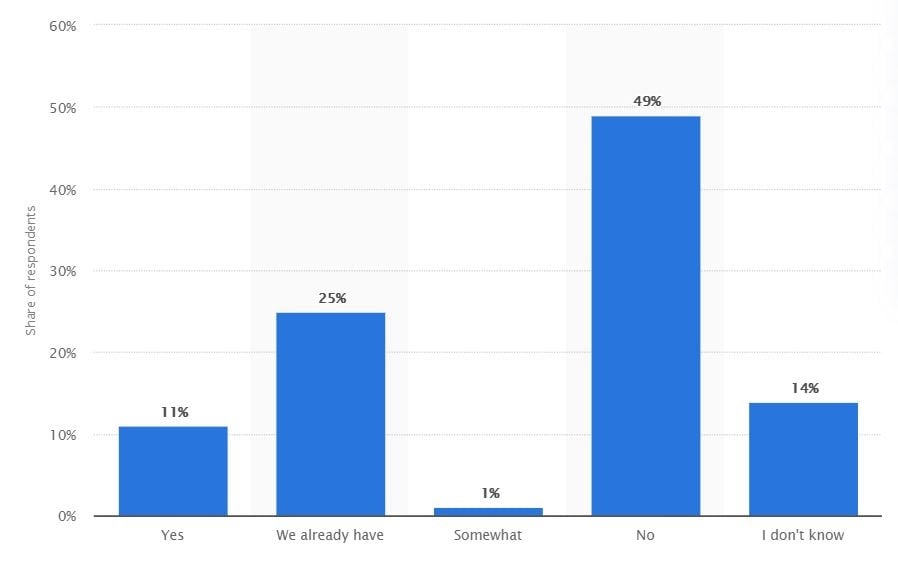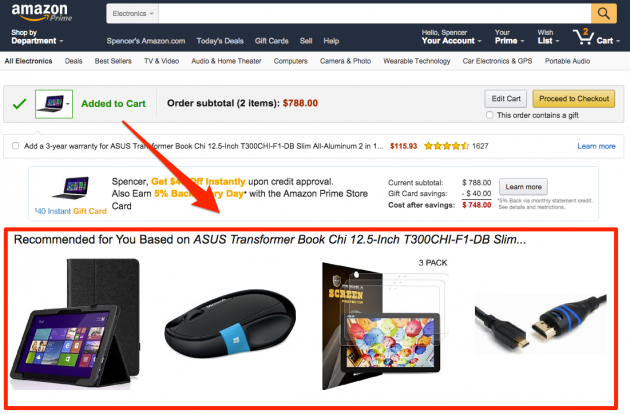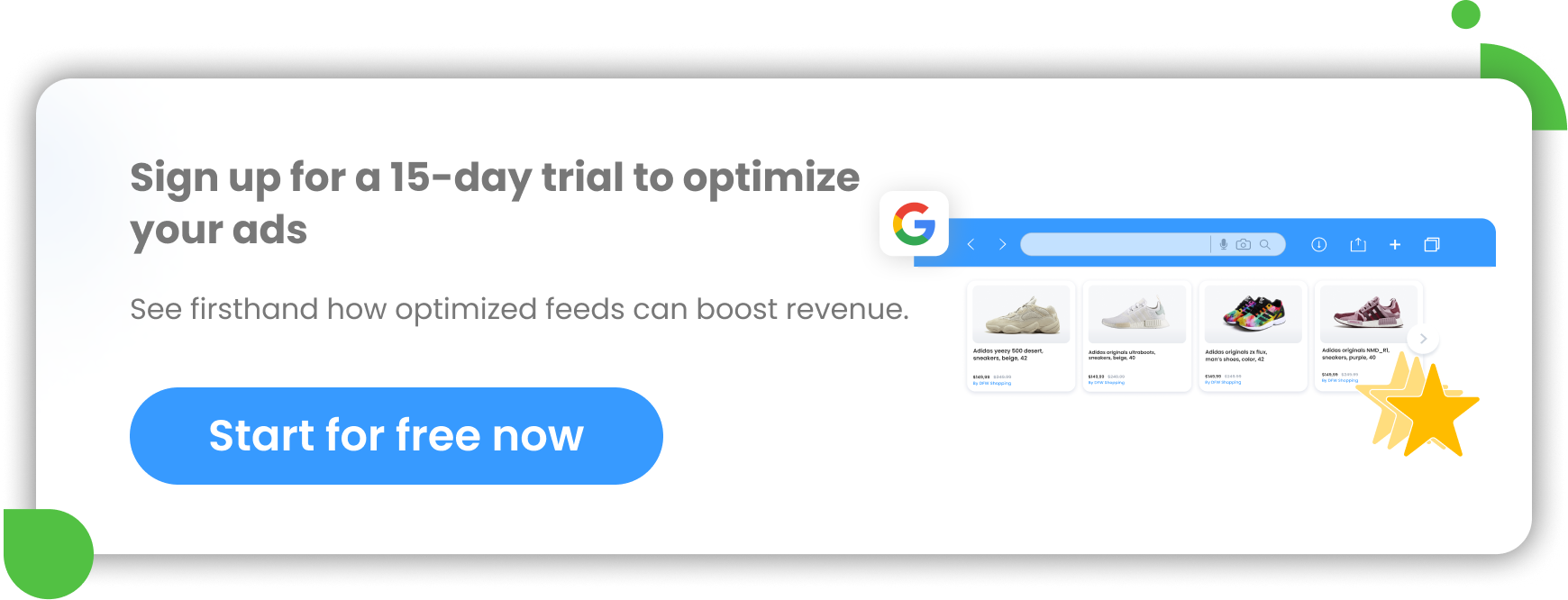Thanks to the digitalization of the marketplace, many companies have successfully launched online stores all around the globe. However, during these unprecedented times of uncertainty and high market volatility some digital businesses and eCommerce companies may struggle to achieve their expected KPIs (Key Performance Indicators).
If your business is experiencing a decrease in sales, you might see your profit margin affected. Are you going through a sales slump? Take a look at your sales goals.
Sometimes, the first step towards improving your KPIs is coming up with a new sales strategy.
Launching a sales strategy is a daunting task, especially if it’s something you have never done before. Luckily, there are many options available. You could start by doing different things like looking into how to use emails to increase sales during slow months.
If email marketing is not quite your thing, then don’t despair. You can consider the idea of redefining your prices and embracing a dynamic pricing strategy. Well, if you are reading this, then you have definitely decided to go with this option. Good call!
As you already know, for a vast majority of online shoppers, price is the single most important aspect of eCommerce. It simply reigns above all variables: marketing, product quality, customer service, etc. In reality, it doesn’t matter if you take the time to design the best products page possible or if you get the best customer service software for your business; if the price is not right then clients won’t buy!
Why dynamic pricing?
Let’s go over some general information, in case that somebody is still considering whether to embrace dynamic pricing or not. As we have mentioned before, price is the first thing online shoppers look at when purchasing items online. According to Statista, over half of online buyers in the UK point at the ability to compare prices as their main reason for purchasing products on the Internet.
What does this have to do with dynamic pricing? Well, adjusting your prices will give you the chance to adapt to your potential clients’ needs. Dynamic pricing allows eCommerce platforms to set flexible prices for products or services based on market demands. It is a great strategy that could give you the chance to set your own price according to your clients’ circumstances (and your own).
Even better? Dynamic pricing is not an overdone or overexposed strategy. According to Statista, a fourth of all eCommerce brands use dynamic pricing and only 11% will start using it during 2020.
When you really think about it, the fact these numbers are not astronomically high means that there is a great window of opportunity for businesses like yours. Embracing dynamic prices before your competitors will give you an extra edge over the 49% of competitors who are not willing to take this advantageous opportunity.
Decide what strategy you will follow
With that introduction out of the way, let’s cut to the chase and start exploring the many alternatives that dynamic pricing brings to the table. As you may know, dynamic pricing strategies can take many forms and we are going to go over some of the more popular versions:
Segmented prices
Prices are segmented by setting price ranges according to different types of clients. Prices are targeted at different customers the same way that products are targeted at different types of people.
- For example, customers with stronger purchasing power are offered items with higher prices.
- Other cases of segmented pricing can be found in companies that offer special discounts to retired people, students, army veterans, etc. Actually, segmented pricing is very popular amongst digital businesses that enable vouchers as part of their eCommerce discount strategies.
- Another form of developing a successful segmented pricing strategy is creating a loyalty program that segments your client base in different tiers. This approach not only helps you determine a hierarchy to separate your customers, but also improves your sales engagement since loyalty programs act as great incentives for client retention.
Demand-based pricing
Also known as customer-based pricing, this strategy focuses on meeting consumer demands. In reality, this is the very essence of capitalism, the basic law of supply and demand, also known as Adam Smith’s “invisible hand”.
However, there is more to demand-based pricing than a 4-century old economic concept. Nowadays, demand-based prices are set following different pricing strategies. Dynamic pricing is more than just upping the number in your price tags; sometimes it involves reshaping your entire sales approach. Some demand-based approaches use techniques like cross-selling.
Cross-selling uses personalized eCommerce experiences to recommend buyers specific items that may act as compliments to what they came looking for. Cross-selling is extremely effective when it is paired with dynamic pricing.
Time-based pricing
Online sellers use this product pricing technique when they want to charge their buyers more for providing services faster and more effectively. Amazon’s premium delivery is a great example. Delivery in 24 hours (for an extra few dollars or euros) is one of the many popular pricing strategies used by Amazon.
Do you want another example? No worries, there are tons. The travelling and tourism industries work the same way. Have you ever noticed how airlines and hotels raise their prices during weekends or periods of holidays? Well, that is time-based pricing in a nutshell.
Changing market conditions
Unlike demand-based pricing, this strategy is only used when there are unexpected incidents that directly affect the market and the purchasing power of clients. The best example, well most people have lived it through 2020.
The COVID-19 pandemic has deeply impacted many economies. However, thanks to the possibilities of eCommerce and dynamic pricing, many companies have managed to increase sales after the pandemic.
Peak pricing
This approach is very similar to time-based pricing. However, there are some key differences. In this case, companies charge more during specific hours.
- The San Francisco Bay Bridge is a living example. The state-owned toll is raised during rush hours and on the weekend when drivers are usually commuting to work or driving out of the city.
- Sometimes dynamic pricing is not only used to raise prices. Peak pricing can be used to lower price tags, like the very popular “happy hour” rule that many bars and pubs follow.
Penetration pricing
This form of dynamic pricing is used by businesses targeting a large portion of potential clients in the market. Companies set prices below the already known market prices and tend to increase them gradually, once they have accumulated a fairly big following.
This strategy can be used by companies when they first take that digital leap and start their online retailing services. Why? Well, lower prices are one of the great motivators for online shopping. And, even though purchasing products and services online has become the norm, according to cybersecurity expert Esecurity Planet, a third of all Americans won’t shop online due to security concerns.
How can digital businesses attract those potential clients? As always, the answer lies in the customers’ wallets.
Price-matching
As you may have guessed, this strategy is based around analyzing your competitors’ prices, in order to match or even undercut them. The most popular high-profile example of price-matching is eBay’s “Best price guarantee” policy.
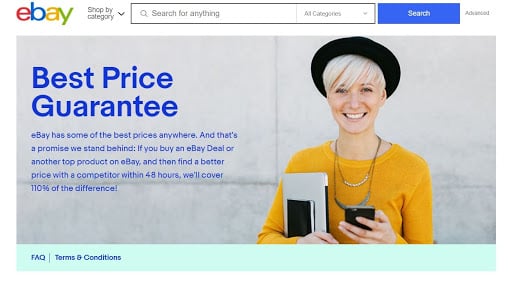
However, this is a dangerous strategy for smaller companies. More modest businesses cannot compete with larger corporations and they shouldn’t fall victim to Amazon’s competitive prices. Put simply: it is impossible to undercut Amazon, do not race them to the bottom.
No matter how specialized your industry or market is, Amazon has likely taken over them. Whether you are looking to sell supplements online, sporting apparel, or electronic goods, there is a big chance that brands like Amazon may have eclipsed you.
How to do it
Ok, now that you have chosen what version (or versions) of dynamic pricing best fit your company, let’s discuss how to develop this strategy. First and foremost, you will need to collect data, tons of if actually. You have to start by studying and scouting the market in order to analyze how your prices match your competitors’.
To do so, start by investing in digital customer experience management software that allows you to track your clients journey. Competitive price tracking tools will also come in handy. These apps allow eCommerce businesses like yours to analyze the buyers’ decision-making and how your current prices stack up against the competiton, looking into what products and prices sell better and why.
Additionally, these tools help you find what your KVI (Key Value Items) are. KVIs are the main items that you will center on during this strategy. Raising and lowering their prices will help you boost your sales and profit margin.
A great example of a platform that specializes in dynamic pricing is Dealavo. It serves both brands and e-shops, providing a comprehensive set of features that includes price promotion tracking, multiple integrations, banner monitoring, and machine learning algorithms for enhanced efficiency and accuracy in pricing decisions.
Dealavo distinguishes itself in the market with its competitive price software that includes dynamic pricing features. As a price monitoring tool, it is tailored for brands and e-shops and is complemented by advisory services to help with the implementation of dynamic pricing strategies.
Moreover, Dealavo is equipped to track competitor prices and analyze them, offering features that enable businesses to monitor prices across various platforms, including Amazon, Google Shopping, and Idealo. This functionality provides businesses with the intelligence they need to make informed pricing decisions to stay competitive in the e-commerce landscape.
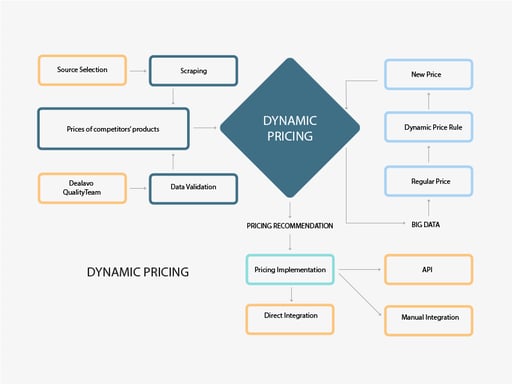 Dynamic Pricing Process with Dealavo | Dealavo
Dynamic Pricing Process with Dealavo | Dealavo
If you haven’t done it already, you might want to consider adding data analysts and data mining professionals to your team. These data experts can help you better understand profitability and market trends. With this advantage, you will be able to adapt to different scenarios within the market. To support this work, many teams rely on advanced data engineering solutions from partners like STX Next, helping them build reliable data pipelines and infrastructure that make high-volume pricing analytics possible.
However, if you decide to go for it and fully embrace this idea, then you will have to nurture a collaborative relationship with your team of analysts. To do so, you may want to invest some extra cash in teaming and collaboration apps. Teamwork makes the dream work, but collaboration is especially important when dealing with a task as daunting as developing a dynamic pricing strategy.
And that’s all, once that you have chosen your dynamic pricing approach and defined your main KPI goals and KVIs, you can start testing your strategies in order to find the perfect balance for your prices. It may take some time, but in the long run this strategy will pay dividends.
